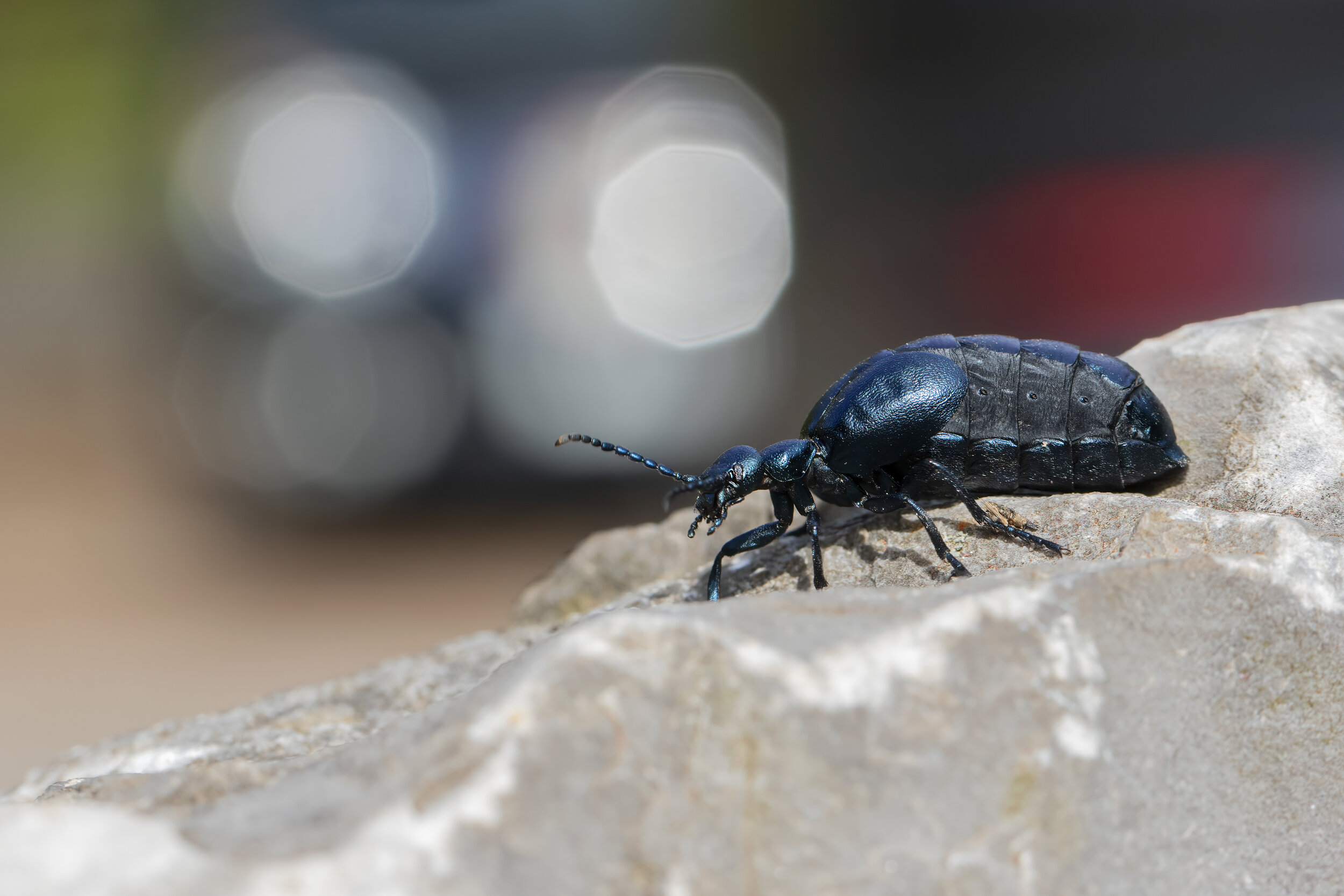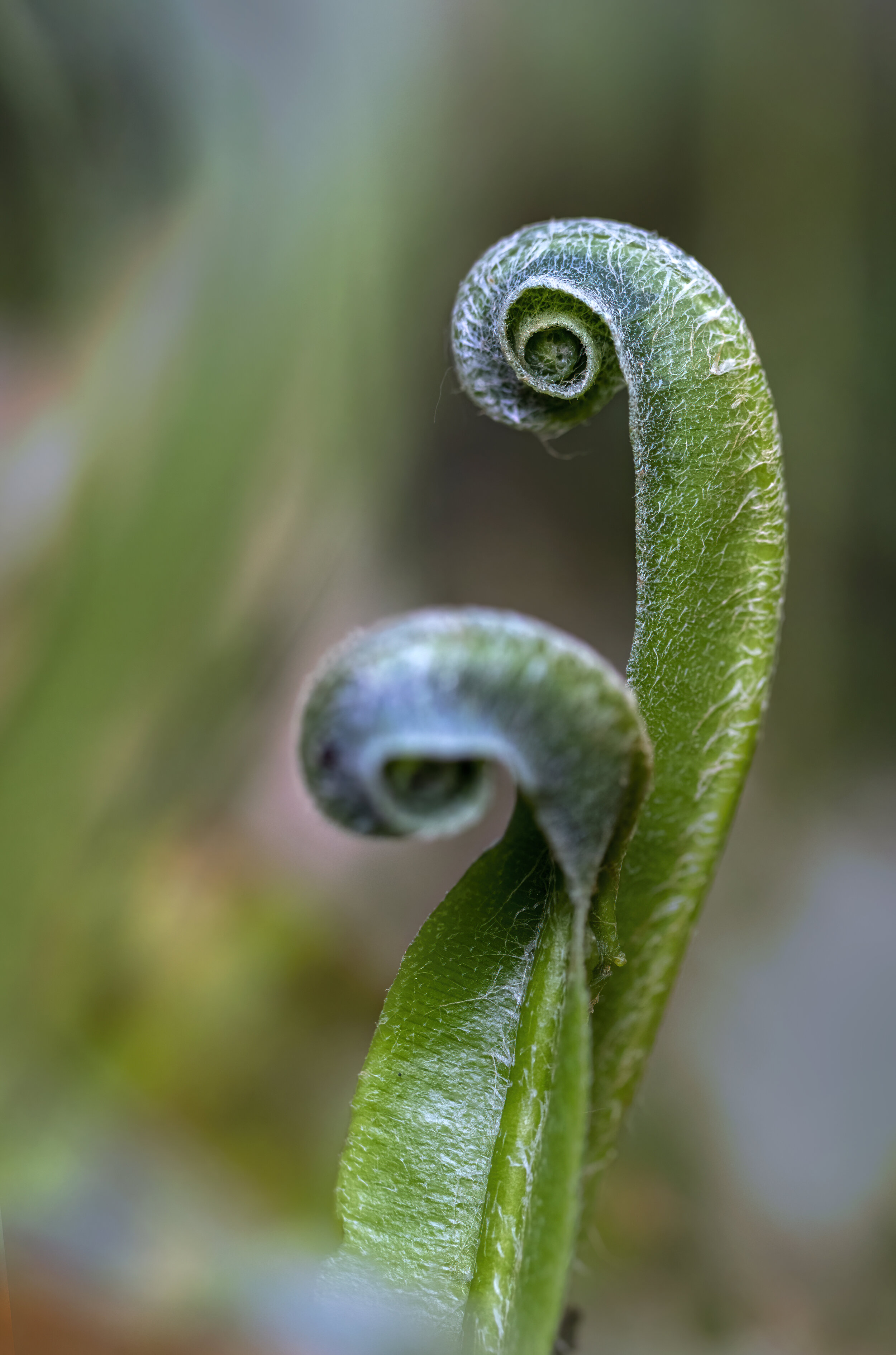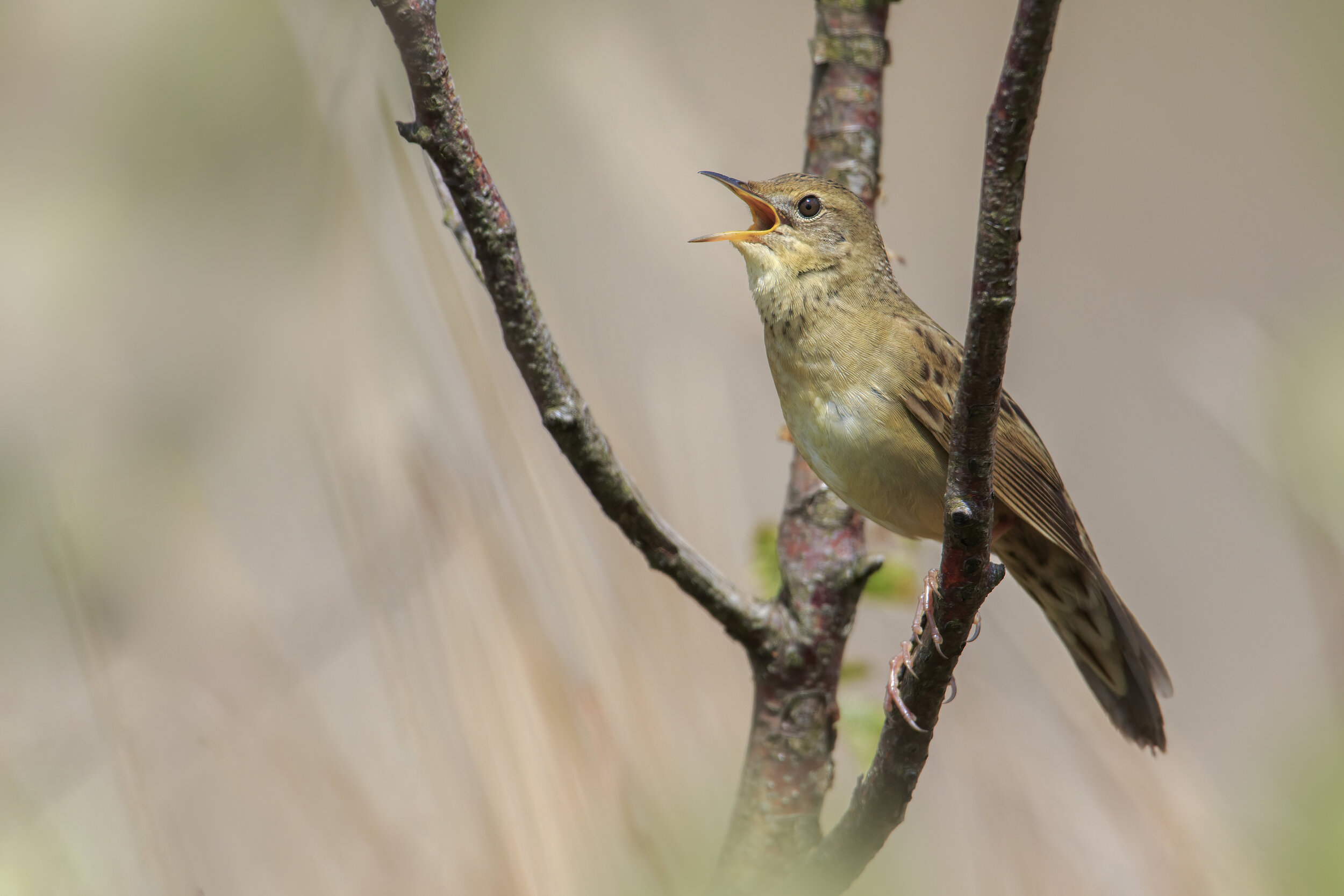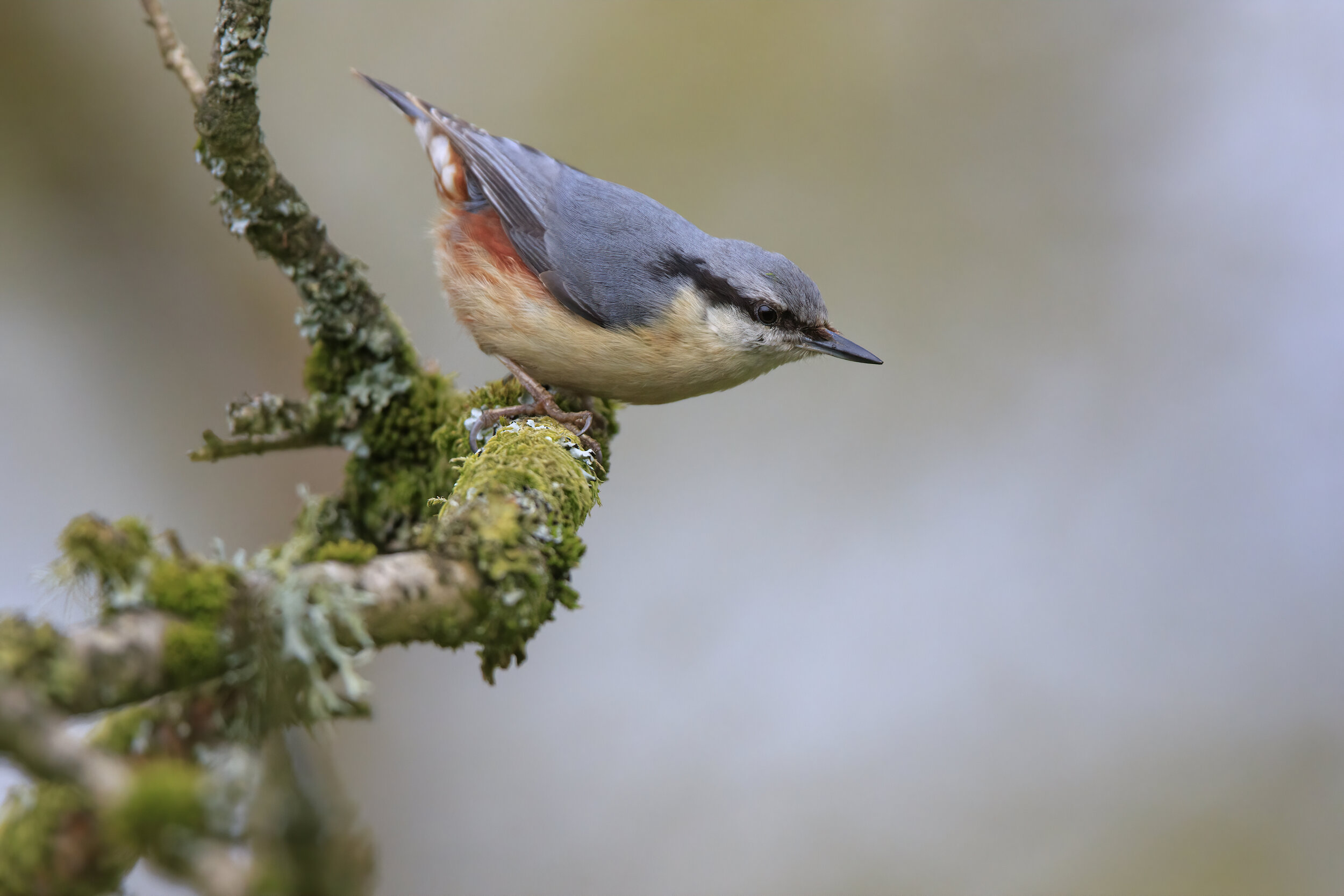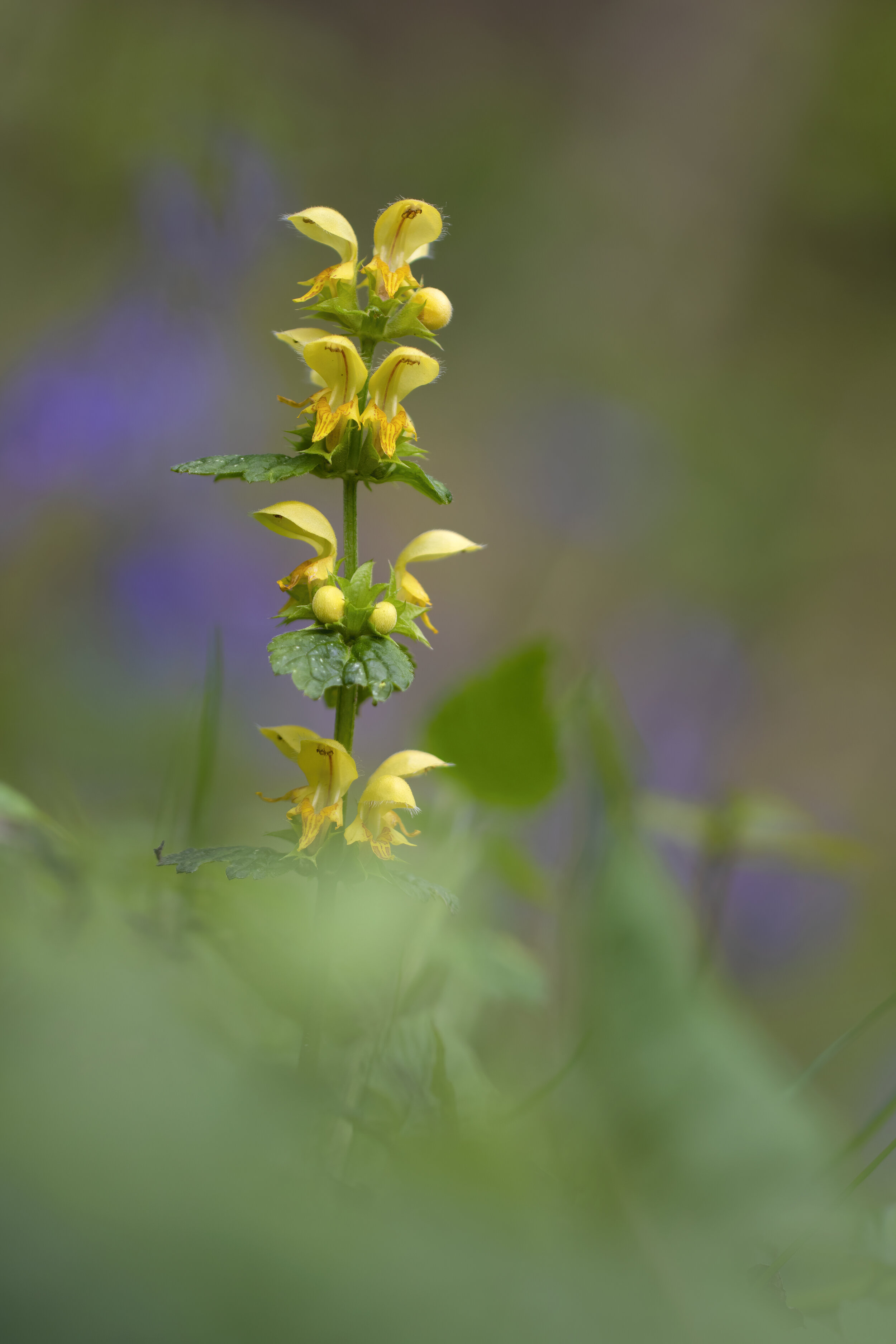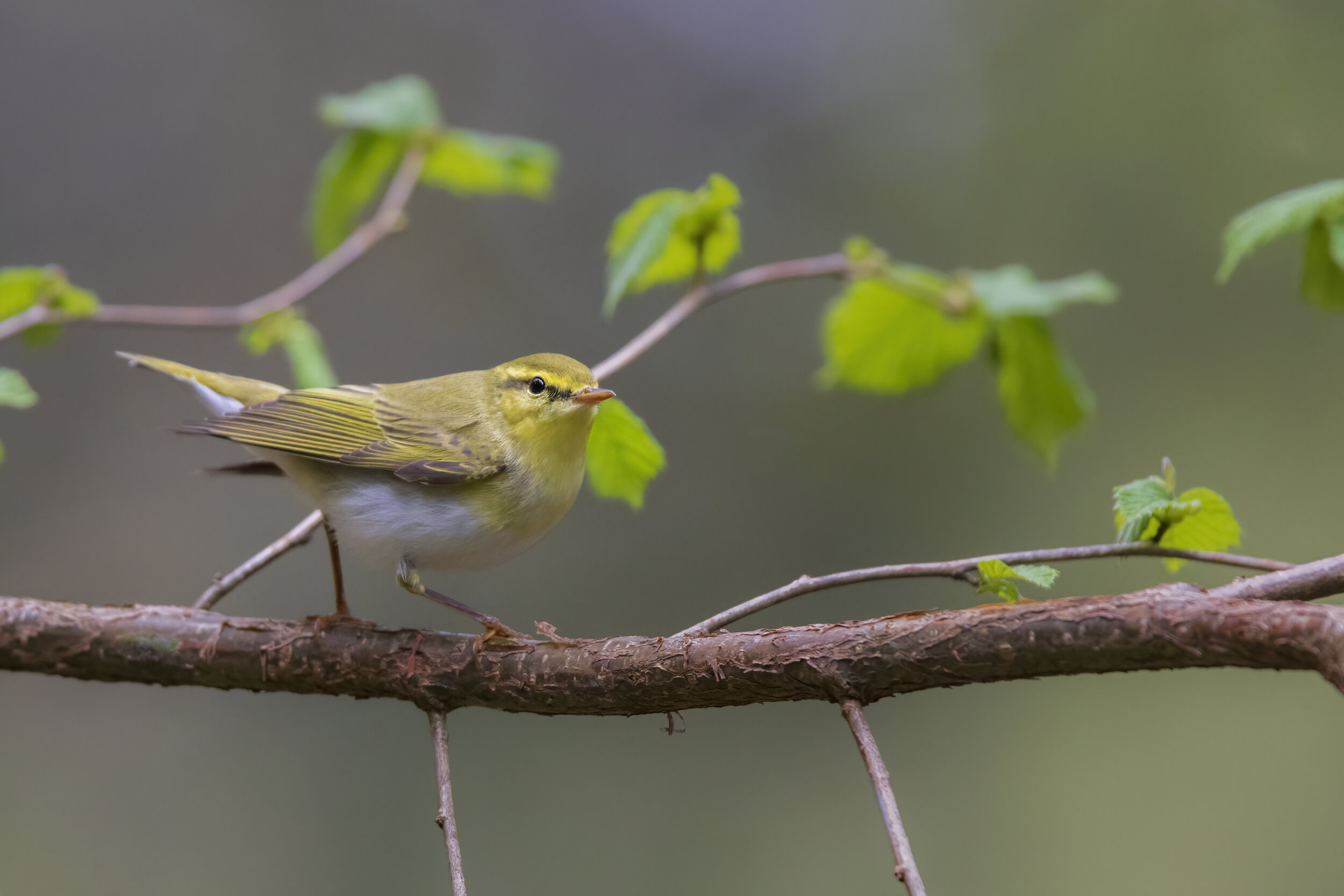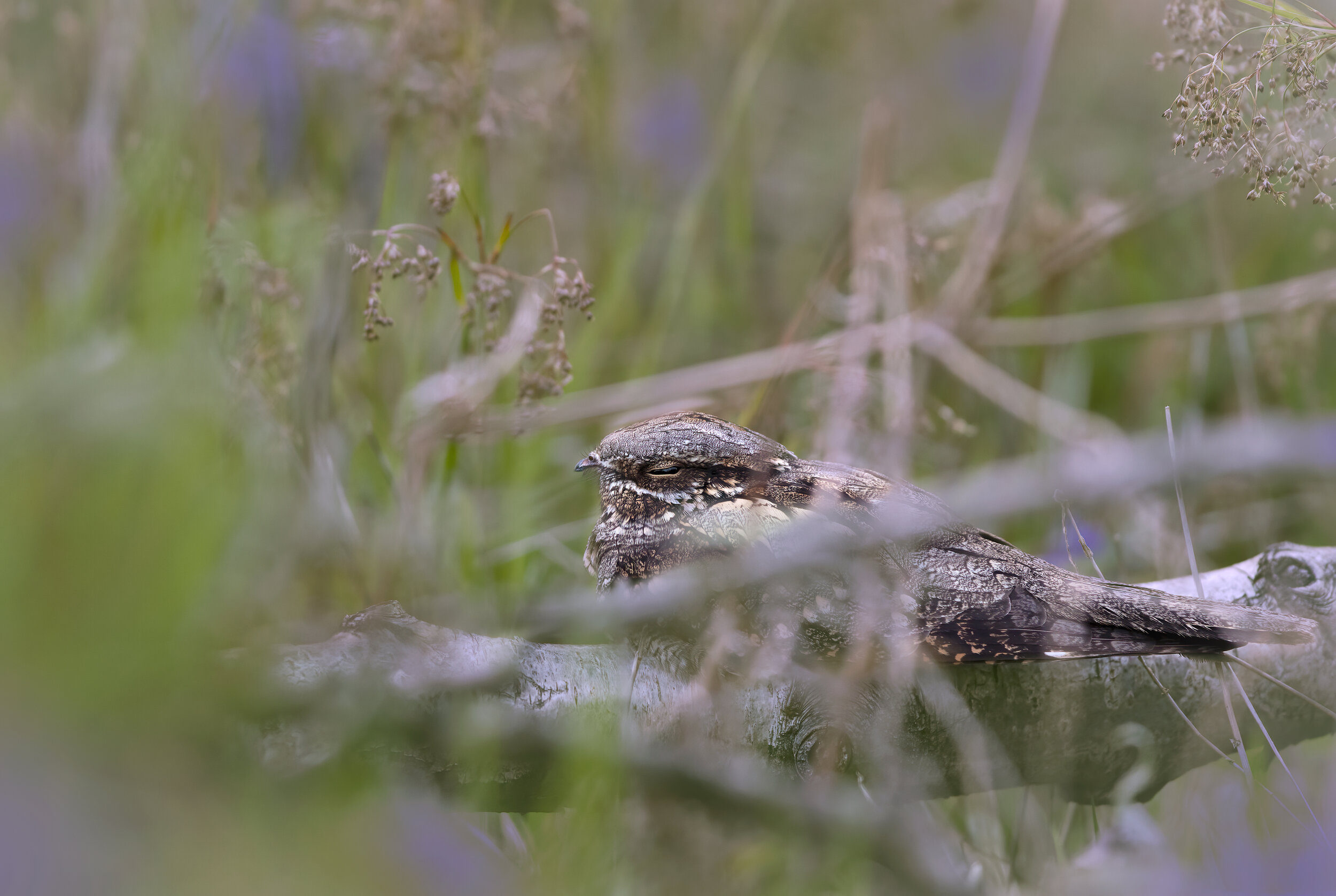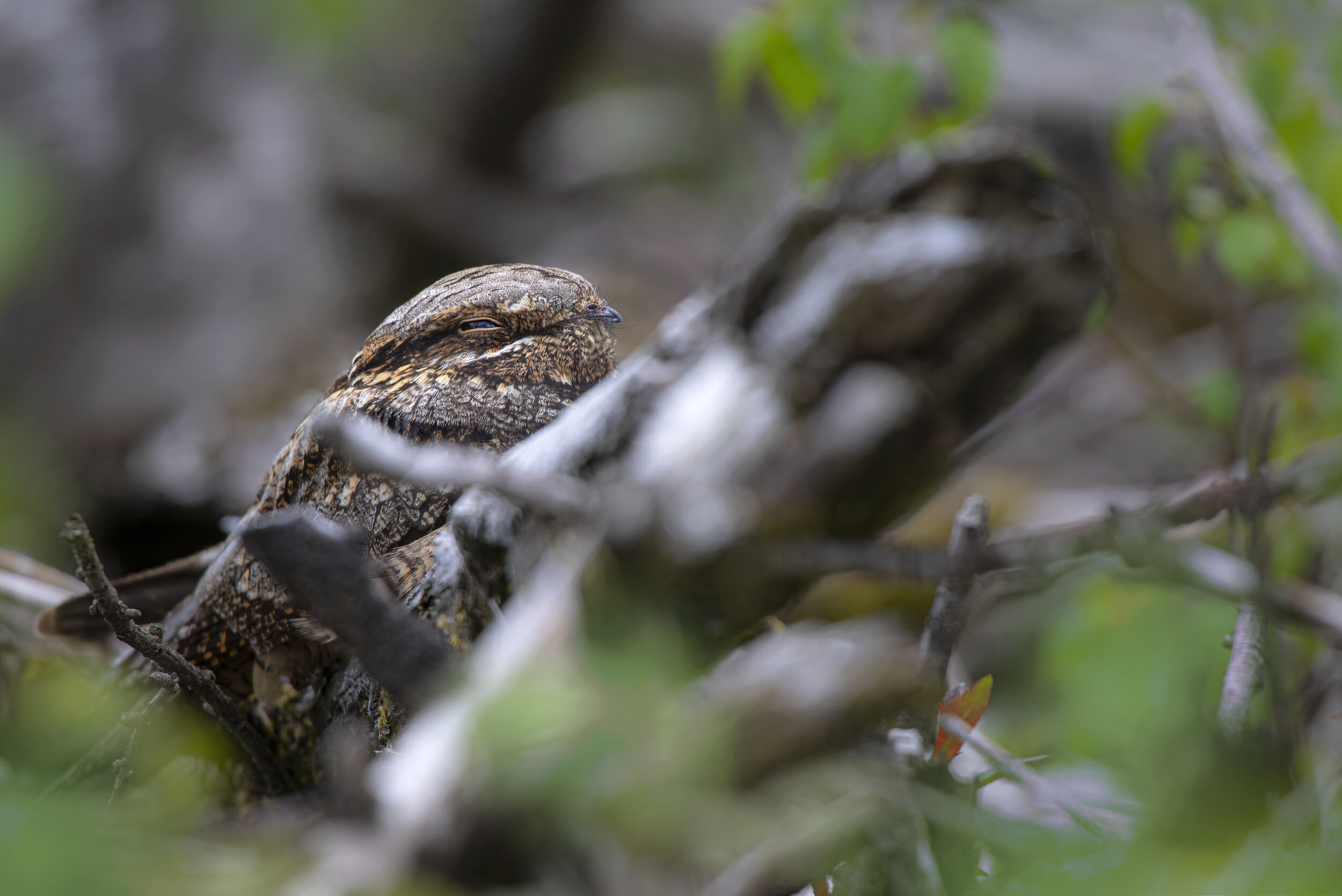With more and more spring migrants turning up each day, spring has truly sprung and the last two days it’s really felt like it. Saw my first Wheatear in Blaenavon and lots more reports along with Sand Martin, Blackcap and Chiffchaff, though I wonder how many of those actually wintered this year as this winter saw Swallows wintering in double figures, which is a true indication of how global warming is affecting our migratory patterns. For Crossbill though, spring is pretty much over already! which is insane! Proof of this is found in the below recording, which is the sound of a fledged Crossbill, begging their parents for food. Crossbill can breed as early as August and throughout the winter, depending on the availability of cones. This is why It gets particularly frustrating when I see woodland clearance throughout the winter that lines up with bumper cone crops as they are most likely disturbing breeding Crossbill. This happened at Wentwood earlier in the year and if we’re to continue producing wood in this manner, we need to be more aware of these cycles in our trees that span 3-4 years, and in some tree species even longer.
As the sun continues to rise above 10c our hardy reptiles species become more active and despite a lack of Adder found, I did have a intimate connection with this Common Lizard, who came out from the shadows whilst I was photographing candle-snuff fungi. I was on the phone at the time too making quite a bit of noise but clearly sunning itself was more important and it didn’t see me as a threat. This was evident as it allowed me to get within centimetres without moving an inch.
You’ll notice that I’m including landscape images for the first time. Don’t get used to it as I’m only borrowing this lens lol. It’s a 16-35mm which is quite a handy focal length for those wider perspectives which I just simply haven’t been able todo before. The lens is going back this week so I’ll have to start saving the pennies to purchase my own as I’ve quite enjoyed using it.
Stopped off along the canal on the way to Abergavenny where I found an isolated population of Violet Oil-beetles. There won’t be a year that I don’t set aside time to observe these spectacular species of beetle. They are so delicate it makes you wonder how on earth they survive at all and their life cycle is so dependant on the success of solitary bee’s that it makes they a really good indicator species. I won’t tell the story again, I seem to blog about this every year but if you don’t know, check this PDF out from Buglife.
Amongst the emerging insects are plenty more singing birds, so here’s a few recordings from various places, including the song of a Firecrest which is another new territory to the south of Gwent. These birds really are doing well in Gwent and are on the right road to increasing their numbers.
You’ll notice in the background if you listen carefully that there are a few Brambling calls nearby. We later spotted a small flock feeding on the ground but I doubt they’ll be around much longer.
This song has got to be a favourite of many, as our uplands are nothing without this cascading sound in the sky. A difficult species to record as it’s always windy up on the hills and any song in flight is hard to keep track of without creating handling noise. That and the fact that they just get so high that you can barely see them, you just have to watch the signal getting weaker and weaker as they rise but keep at it as they’ll soon come back down, and with it, interject more cascading notes as a cue.
I’ll end with a memorable wildlife photography moment, where over 50 Rats were making the most of this bin which has been chained to a fence instead of it being concreted into the ground. As a result they have learned to climb the vertical fence poles, grab the chain and jump in lol. It’s quite entertaining watching the young Rats also try get in there, as they don’t always get it right and I watched multiple miss the lip of the bin and somersault back to the ground. Uninjured of course as these guys are hardy and this sort of stuff comes natural to them. I know they get bad press, but they are just cleaning up after our mess. Nothing gets wasted in nature, and I’m sure there will be some local Foxes and Owls that’ll be hunting them.






























